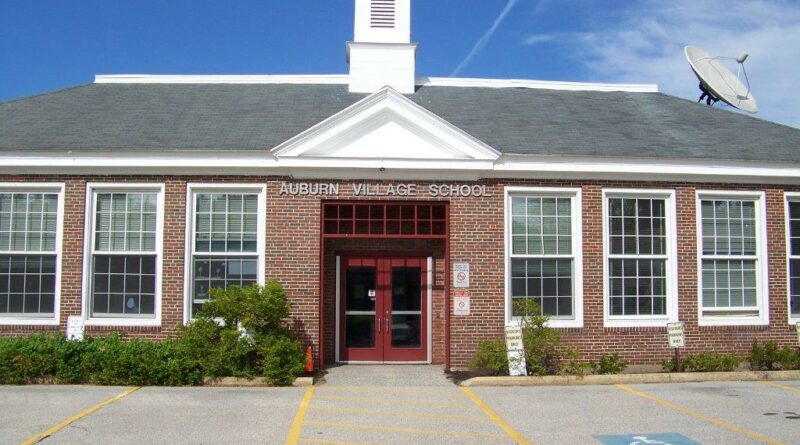Evaluation of Technology in School Systems
Technology has become a vital tool in education supporting learners and teachers to handle knowledge carefully and easily. It is currently used in school systems to assess and monitor young learner’s academic progress. It can be acknowledged that since technology became integrated in school systems, student assessment and progress monitoring has been improved remarkably.
Usage of technology in the assessment and progress monitoring of young learners
Usage of Technology or ICT in schools enables teachers and students to handle learning easily and enjoyably. Computers that are used for assessing process comprise of computer -adaptive testing, computer- assigned instruction and computerized data collection about student performance. In addition they support data management, performance analysis and score reporting, and graphing or displaying relationships between student progress and computer goal lines. Therefore, information communication technology (ICT) has enabled teachers to manage data concerning student’s performance, and use the progress monitoring report generated by computers to plan instructional interventions accordingly. To monitor student’s progress in mathematics class, the teacher assigns an instructional objective to the class and the computer generates worksheets that are within the scope of the student mathematics knowledge (Goldenberg, Russell, and Cook, 2003).
With technology, teachers allocate assignments or instruct students how to practice solving mathematical problems while the computers are used to score and record their performance. Immediately after the assessment, the computer gives feedback to students about their scores. It displays the results showing what they scored correct and wrong together with corrections, and finally provides them with their subject mastery level (Goldenberg, Russell, and Cook, 2003). The report on mastery of the subject helps teachers to draw important conclusions about the subject and individual pupil performance. Therefore, Computers assist teachers to monitor student progress by storing all relevant data, which enables teachers to track individual, class or grade level results.
Through technology, teachers receive daily printouts showing the position of every student in the class, flagging students who need help and young learners who are ready to be assessed. They make use of this information to organize students into groups for instruction or assign instruction. Additionally, Technology has helped teachers to employ ICT to plan their lessons. Lessons prepared by ICT are more effective and up to date due to a more collaborative approach to sharing of curriculum plans with colleagues and managers. Technology has opened avenues that parents use at home in collaboration with teachers to support student’s dairy instruction (Goldenberg, Russell, and Cook, 2003).
Web- based interventions assist parents to monitor their children’s progress in school. User friendly instructional programs provided by websites can be used by parents at home to record data that they will share with the students and the classroom teacher. Having parents involved in implementing interventions has created a bidirectional partnership, which has enhanced student assessment, and progress monitoring. Web- based systems are used by educators to create and administer formative and summative assessments online. This resolution allows instant results, generates modified reports, and monitors pupil classroom progress. This program helps school leaders and district education coordinators to collect high level data about student performances for analysis and formulation of improved methods of assessment and instruction delivery.
Further, web- based programs helps educators to quickly and easily create significant assessment reports involving cumulative and disaggregate data. These reports are structured to meet local needs and reporting requirements that can be accessed online by all education stakeholders (Goldenberg, Russell, and Cook, 2003).
ICT is very powerful in presenting and representing information in many ways, which include texts, pictures or tables and graphs. This representation enables changes to be shown diagrammatically. For student assessments, the scores can be provided more clearly to help in clear visualization of the progress even if it is very small as compared to past score. By using computers, it is possible to manipulate information so that a pupil can make changes and evaluate the effect of such changes. Finally, Technology has helped teachers to create a living record of the student performance /progress over the span of their academic career (Goldenberg, Russell, and Cook, 2003).
Conclusion
In conclusion, technology has improved pupil assessment and progress monitoring appreciably. In fact, schools that have not yet embraced technology in their systems are lagging behind. Technology is not only beneficial to classroom teachers, but also to parents and students. When technology is integrated with the curriculum, the rate of teacher output becomes high as well student’s performance is improved immensely.
Reference
Goldenberg, A., Russell, M., and Cook, A. (2003). The effect of Computers on Student Writing: A meta- analysis of studies from 1992 to 2002. Journal of Technology, Learning, and Assessment., 2 (1): 1-52.




